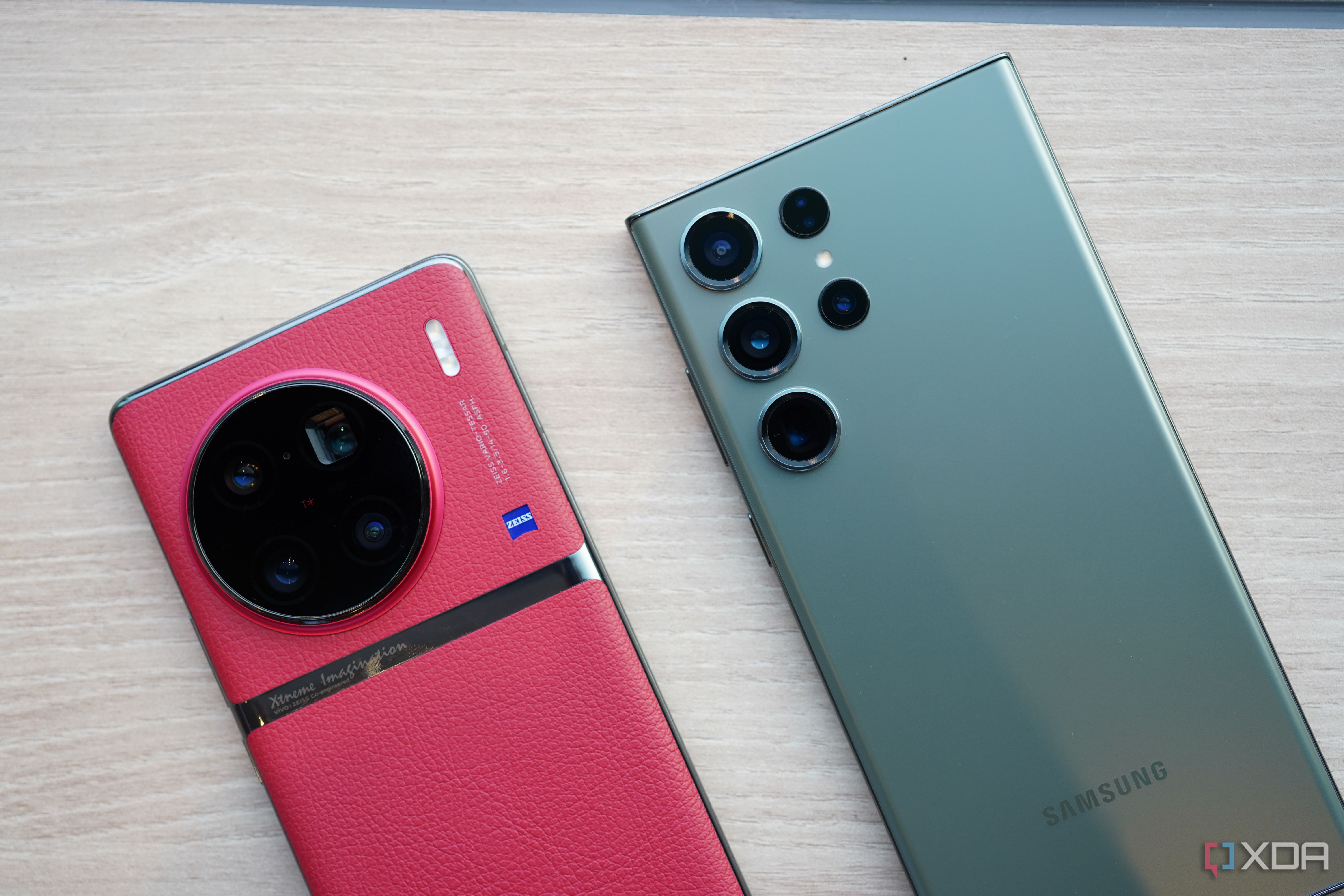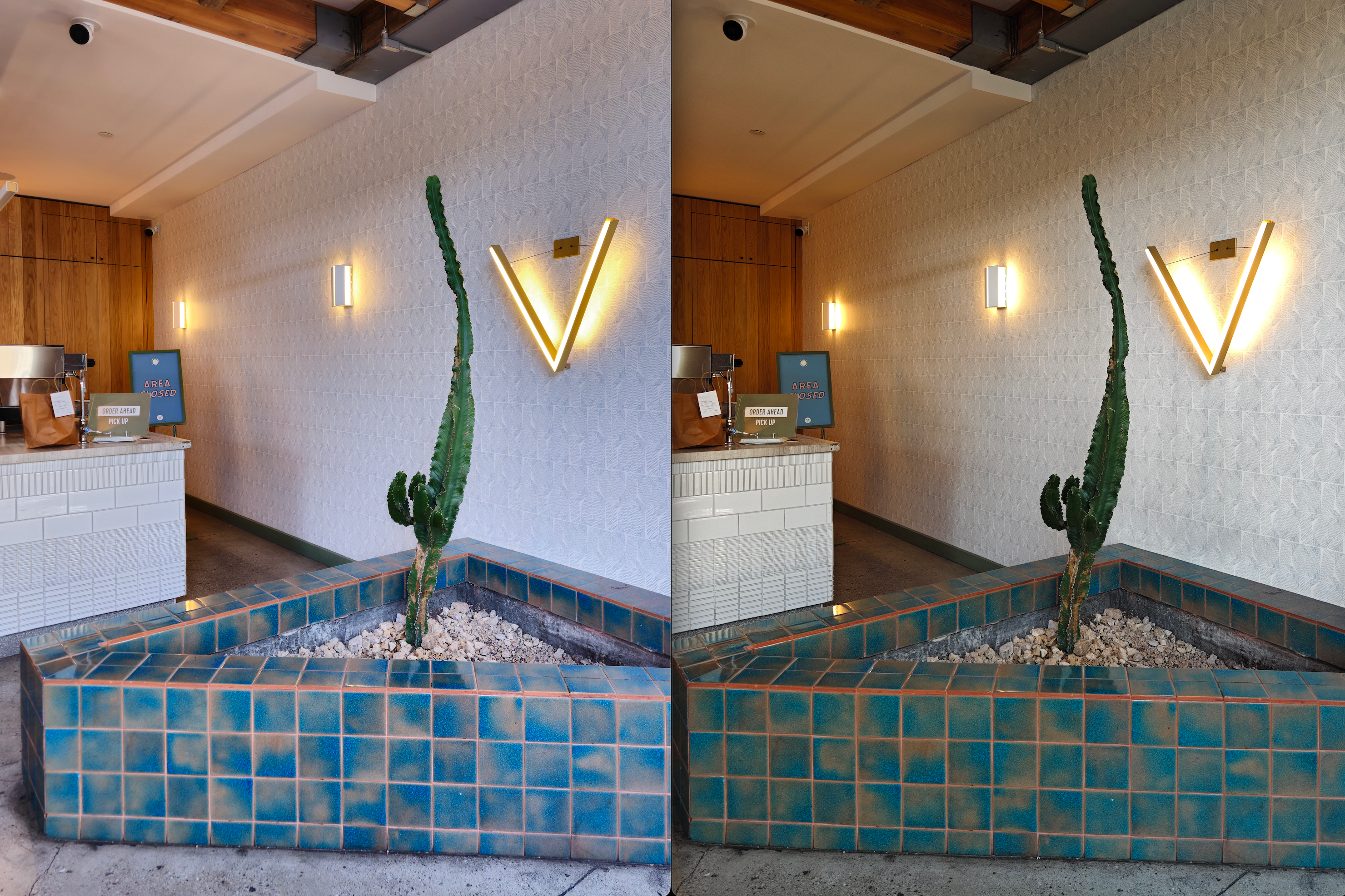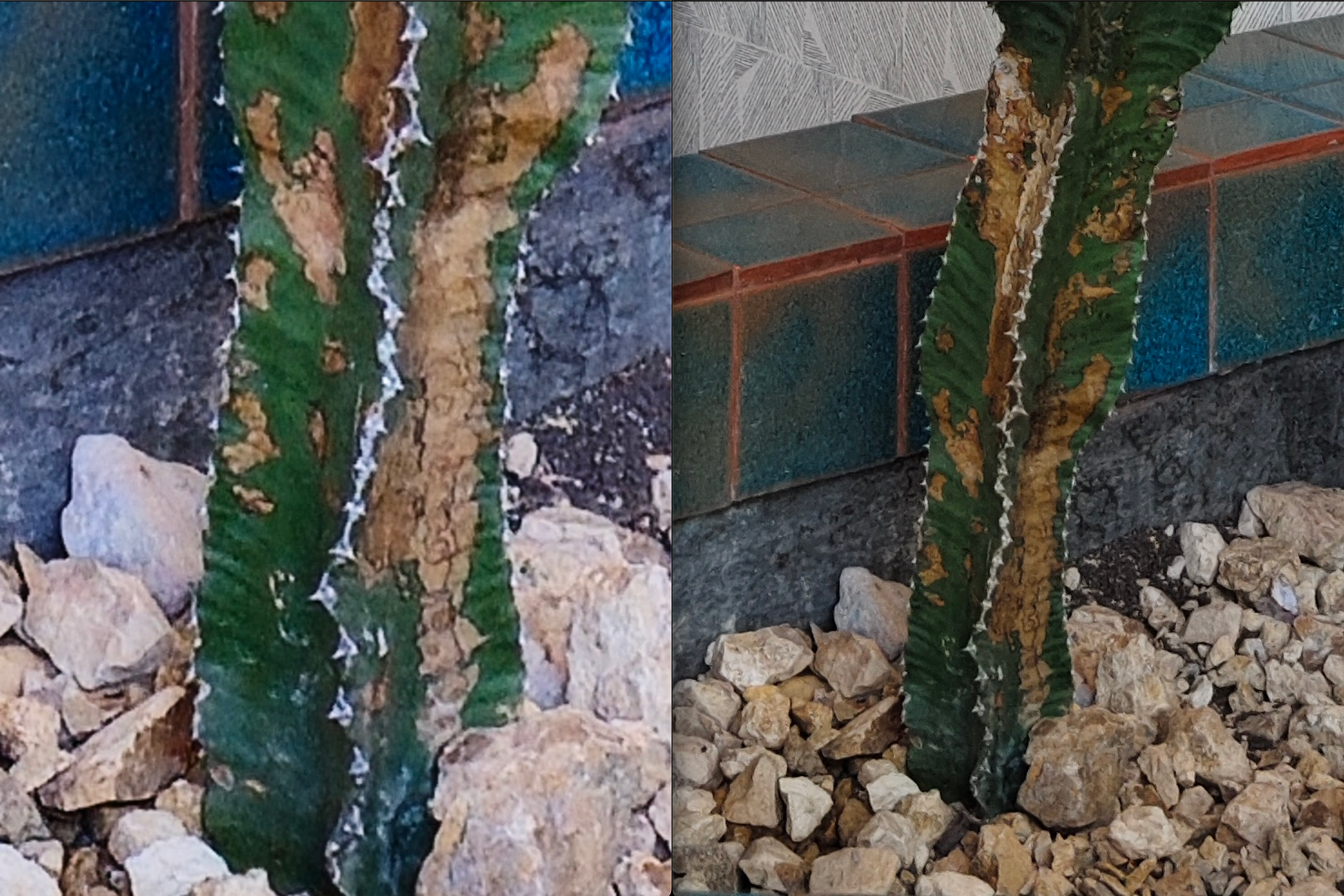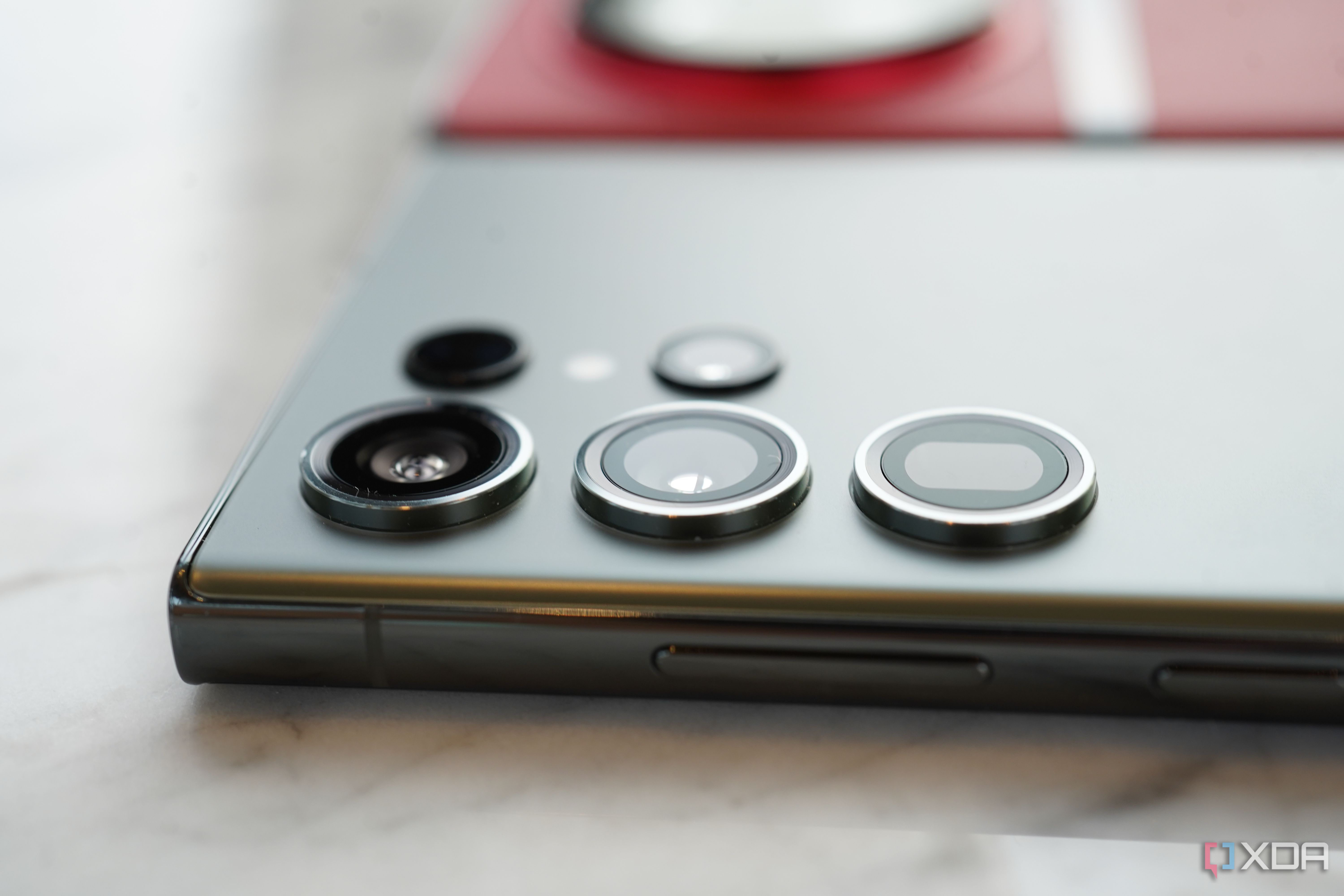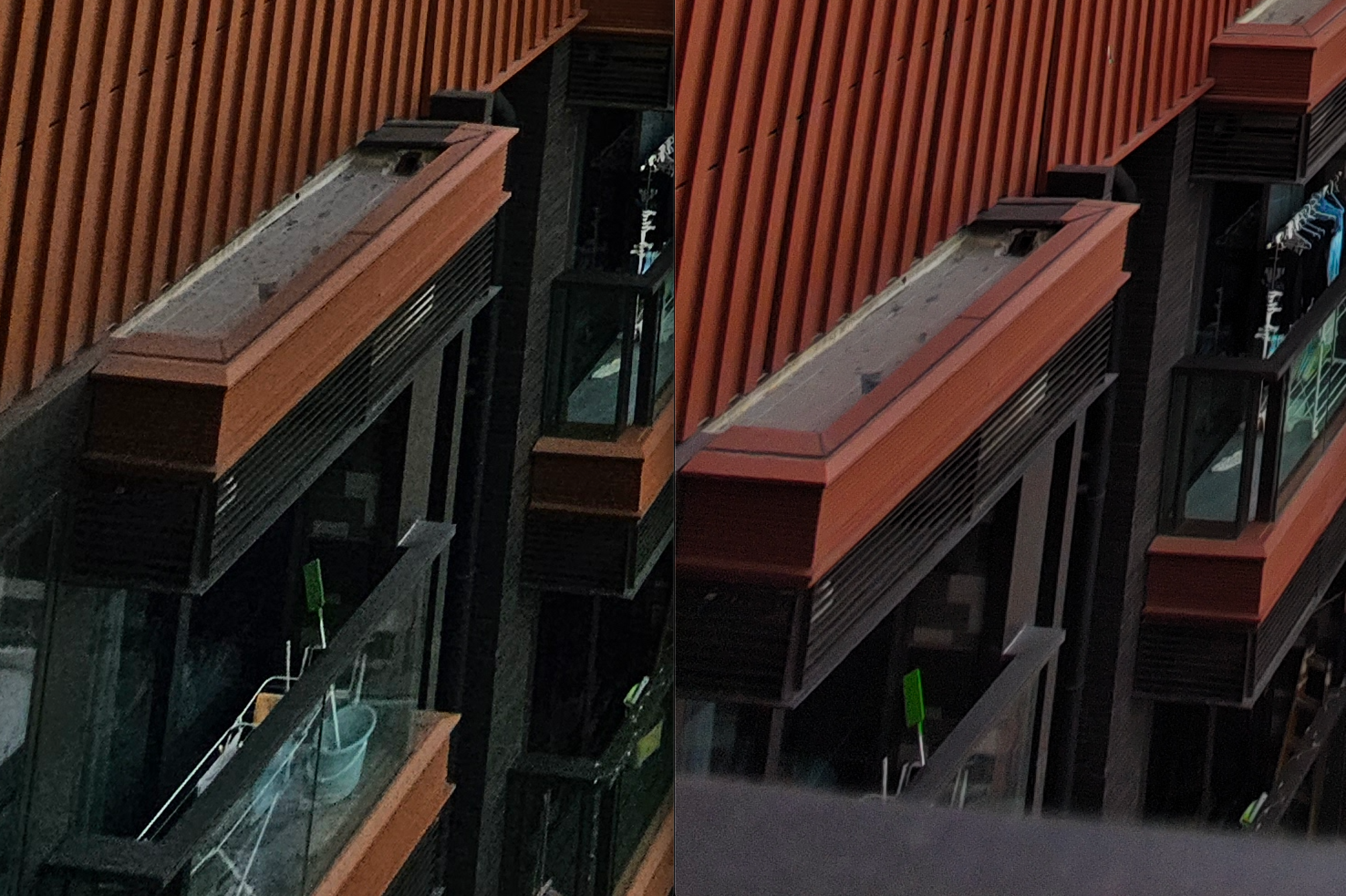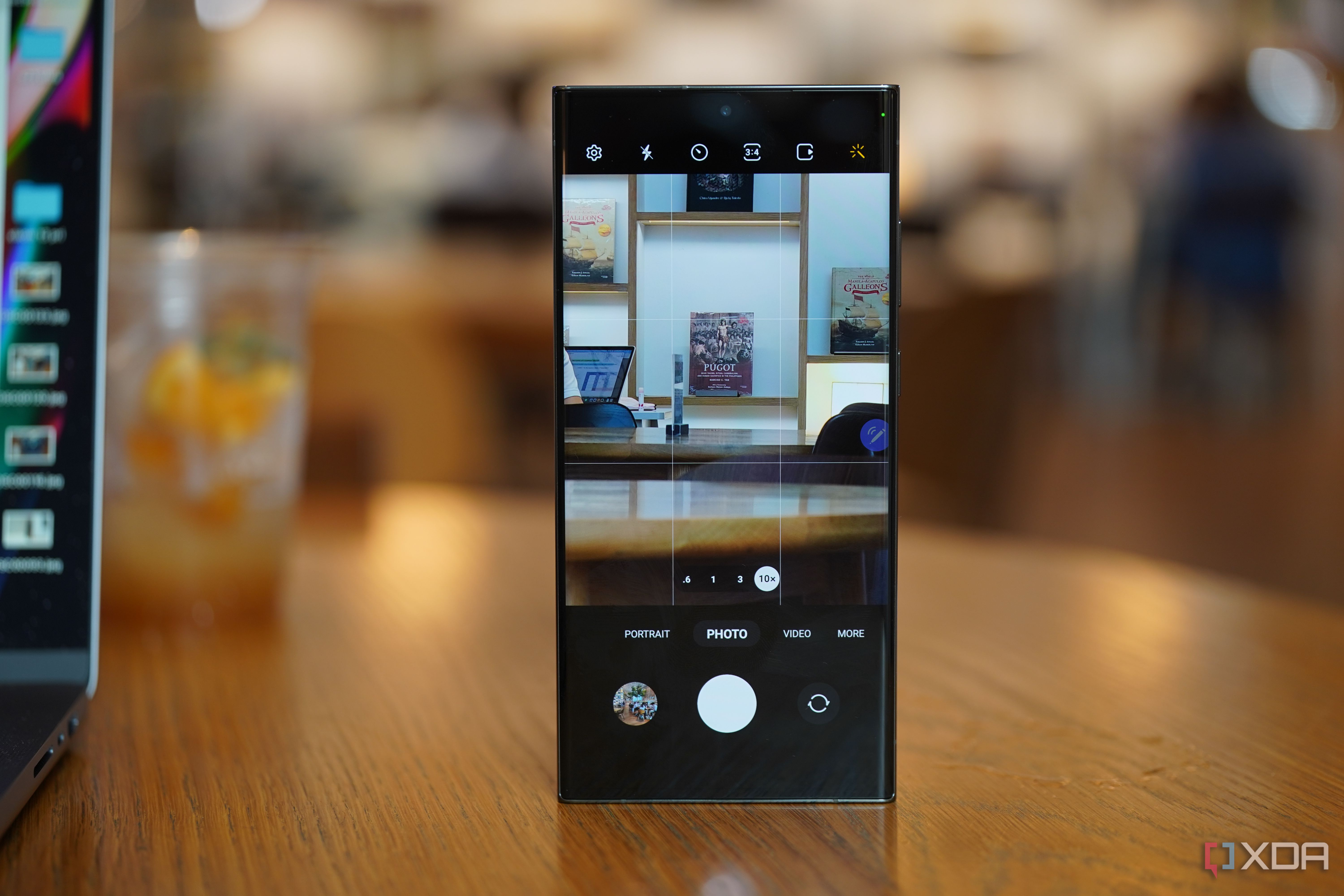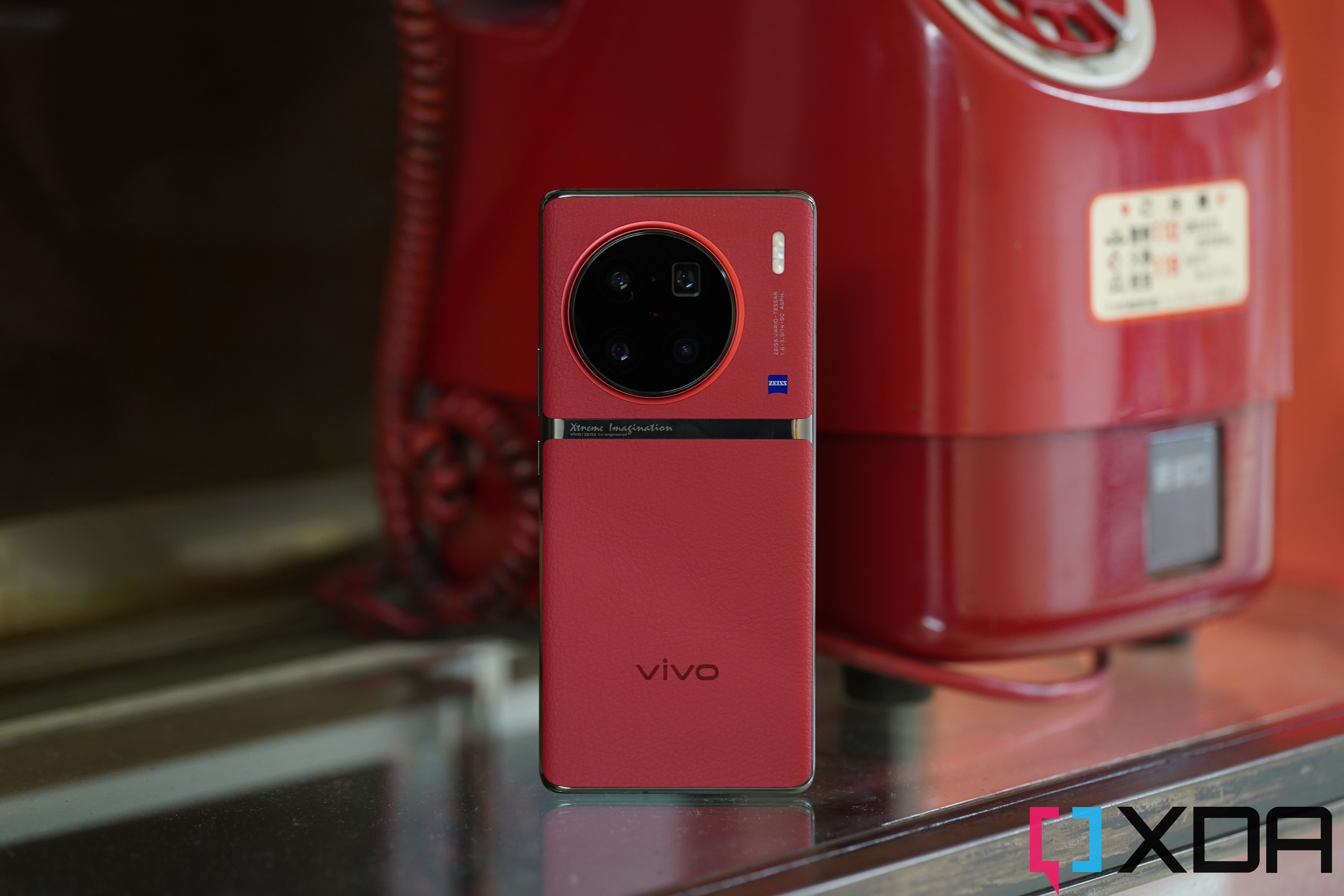Samsung’s Galaxy S Ultra phone has been the alpha dog of the Android phone scene for the past four years, and the latest Galaxy S23 Ultra continues the trend. But within the niche Android enthusiast community — a group that is open to importing phones and actually enjoys reading and discussing phones in XDA forums or Reddit — Vivo has been garnering interest. Most people haven’t heard of Vivo, but its X flagship phones have a superb camera system backed by Zeiss optics.
In fact, from my camera testing, I thought Vivo’s X70 Pro+ and X80 Pro took victories over the Galaxy S21 or S22 Ultra. And so when Samsung upgraded its “Ultra” camera system this year with a new 200MP sensor and Vivo upgraded its main camera sensor to that much acclaimed 1-inch Sony IMX989 sensor, a camera comparison between these two camera powerhouses had to be done — at least for us within the Android enthusiast community.
-
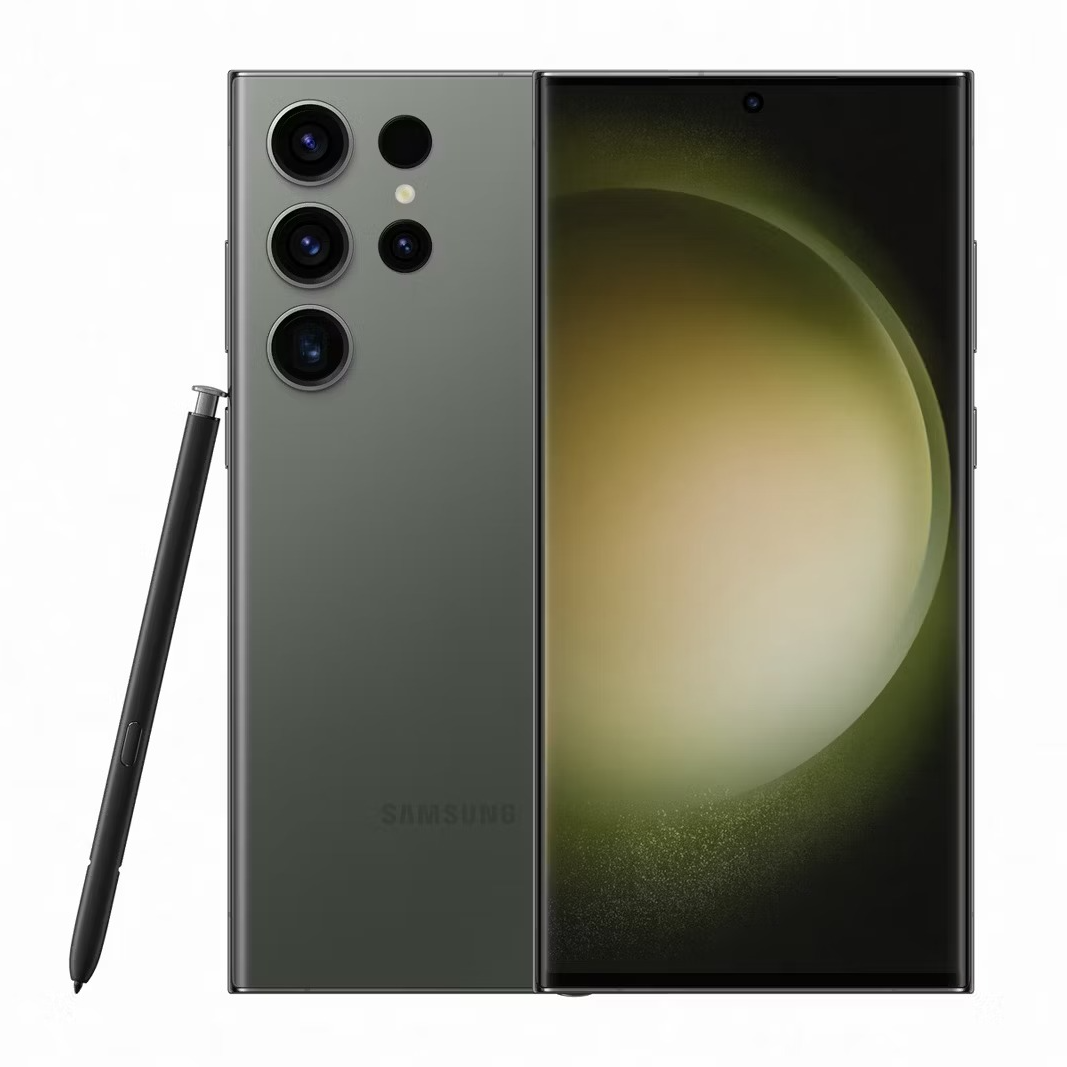
Samsung Galaxy S23 Ultra
The Galaxy S23 Ultra is one of the best phones on the market, packing an all-new 200MP sensor, a refined design, a custom Snapdragon 8 Gen 2 for Galaxy chipset, and One UI 5.1.
-
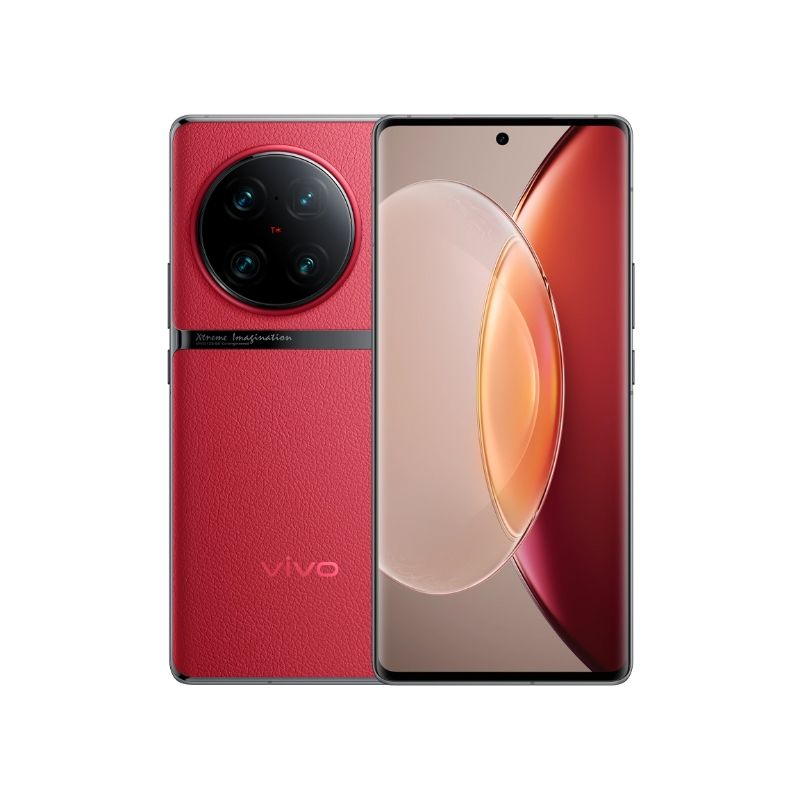
Vivo X90 Pro Plus Vivo X90 Pro Plus
The Vivo X90 Pro Plus packs arguably the most powerful camera hardware on the market right now with a 1-inch type main camera sensor, and two zoom lenses along with an ultra-wide, all covered by Zeiss optics.
Samsung Galaxy S23 Ultra vs Vivo X90 Pro+: Price & availability
The Galaxy S23 Ultra is on sale now and can be purchased at practically every retailer that sells mobile phones around the world. In North America, the phone can be purchased directly via Samsung’s website, Amazon, Best Buy, or any carrier. The phone starts at $1,199 for the base 8GB RAM and 256GB storage options, but there are always Galaxy S23 deals that include gifts or knock pricing down a bit.
The Vivo X90 Pro+ is a lot harder to buy. It only sells officially in China, so most readers must import it. The good news is that the phone’s China retail price is relatively low at 6,750 yuan ($980), so even if importing increases the price, the Vivo X90 Pro+ can be had for less than the S23 Ultra’s $1,199 price. Of course, you likely won’t have a warranty or support service for an imported device, so as we said, this is purely for enthusiasts.
-
Samsung Galaxy S23 Ultra Vivo X90 Pro Plus Brand Samsung Vivo SoC Snapdragon 8 Gen 2 for Galaxy Qualcomm Snapdragon 8 Gen 2 Display 6.8-inch QHD+ Edge, Dynamic AMOLED 2X Display, Super Smooth 120Hz refresh rate (1-120Hz), 240Hz touch sampling rate in gaming mode 6.7-inch OLED, LTPO4 AMOLED, 1400 x 3200 RAM 8GB, 12GB 12GB Storage 256GB, 512GB, 1TB UFS 4.0 256/512GB Battery 5,000mAh 4,700 Operating System Android 13 / One UI 5.1 Android 13 Dimensions 3.07 x 6.43 x 0.35 inches 6.47 x 2.96 x 0.38 in Colors Cream, Green, Lavender, Phantom Black, Samsung exclusive colors (Lime, Graphite, Sky Blue, and Red) Red, black Weight 8.25 ounces 221g IP Rating IP68 IP68
Camera hardware overview: The megapixels vs sensor size debate again
The Galaxy S23 Ultra’s main camera system consists of a quad-camera array covering the ultrawide, wide, telephoto, and long telephoto ranges. In the past few years, only Vivo’s X series flagship phones have competed against Samsung thanks to its four-camera system too (everyone else, from Google to OnePlus to Xiaomi, have decided on triple-lens array). Vivo’s X90 Pro+’s system covers ultrawide, wide, telephoto, and medium telephoto. Samsung’s two zoom lenses cover 3x and 10x focal length while Vivo’s covers 2x and 3.5x.
The aforementioned headline feature of each camera system takes opposing approaches. Samsung opted to keep its main camera sensor size the same for the third year in a row, while bumping up the pixel count to 200MP. Vivo, meanwhile, sticks with 50MP but uses the Sony IMX989 1-inch type sensor. The Galaxy S23 Ultra’s main camera 1/1.3 is quite a bit smaller than the 1-inch sensor in the Vivo X90 Pro+. However, having four times as many pixels allows the S23 Ultra to do more computational photography trickery like pixel-binning and in-sensor crop.
Around the front of both phones are selfie cameras in their usual position: a 12MP lens for Samsung and 32MP shooter for Vivo.
Main camera: Close call until you pixel peep
I’ve done a few IMX989 1-inch sensor vs Samsung camera comparison pieces before, and the takeaways have all been that the 1-inch sensor takes produces noticeably shallower depth-of-field for stronger bokeh. Because the larger sensor takes in more image information, photos look more organic without as much digital sharpening or noise seen in smaller sensor images. That is still true here. If we are looking at photos snapped by each phone in full on a website or Instagram, the shots look about evenly detailed. The only noticeable differences would be depth-of-field and color/lighting science.
In the below set, we can see Vivo’s significantly shallower depth-of-field in the images with the fish and the can of coke. The bokeh effect is much also stronger in Vivo’s images. The other thing to notice is Samsung’s images have a cooler tone and dialed-up contrast, which works well for outdoor shots in overcast conditions. In the first set of photos of a cycling man, Samsung’s image is a bit more pleasing, with a bluer sky and the cyclist’s orange jacket popping off the screen more. Vivo’s uncanny HDR, which has been a trait in its last few flagship phones, can be seen in the third set of photos, as Vivo was able to expose the sunset outside the patio while Samsung blows it out.
But if you zoom in 100% on a larger screen and pixel peep, you can see Vivo’s images consistently show less noise and digital sharpening. And in the shot of my friend, Samsung’s typical beautifying filter completely smooths over my friend’s skin. See the collages below, with S23 Ultra 100% crop on the left and Vivo X90 Pro+ 100% crop on the right.
Samsung’s shutter is faster and more responsive, however. Every time I snapped photos of a fast-moving person, Samsung’s images show the person at an earlier point of movement.
Moving to more low-light shots, the first thing to note is that the S23 Ultra needs to use night mode a lot earlier than Vivo because the latter can take in more light naturally. So if you’re shooting moving subjects in low light, the S23 Ultra is at a disadvantage. But for general low-light shots, the results are very close, with Samsung’s 16-in-1 pixel binning producing a well-balanced and brightly illuminated image.
Both phones’ main cameras can also shoot images in full resolution — 200MP for Samsung and 50MP for Vivo. To be honest, I find this mode very gimmicky. Yes, you can zoom and crop further into an image than you could when shooting a normal image, but you lose any benefits of pixel binning, the file sizes are huge, and the shutter speed is slower. It takes well over half a second for the phones to shoot the photo.
And when you crop into the photos at 100%, they’re not even razor sharp. Look at the 100% crop below of a 200MP Samsung image and a 50MP Vivo image.
Zoom lenses: Vivo’s better at details, but Samsung’s better at portraits
The S23 Ultra’s two zoom lenses consist of a 10MP telephoto lens that can capture 3X optical zoom and a 10MP Periscope zoom lens that can shoot 10X optical zoom. The Vivo X90 Pro+, meanwhile, has a 2X telephoto zoom lens and a Periscope that can grab 3.5X zoom shots.
Just going by distance, Samsung’s zoom can go longer. But again, Vivo’s zoom lenses pack larger sensors and faster aperture. For example, the X90 Pro+’s 3.5x Periscope zoom is a 64MP camera with f/3.5 aperture compared to Samsung’s f/4.9 aperture for its 10MP 10X zoom. This means, surprisingly, Vivo’s 10X zoom can sometimes be slightly sharper than Samsung’s, despite the latter having an optical zoom. Look at the samples below. Vivo’s 3.5X zoom is also sharper than Samsung’s 3X zoom.
Below are 100% crops, with Samsung’s image on the left a nd Vivo’s image on the right.
I took a second set of zoom shots and got the same results. Vivo’s 3.5X zoom is noticeably sharper than Samsung’s 3X zoom, and Vivo’s 10X zoom is neck and neck with Samsung’s 10X zoom.
But there’s more to a zoom lens than just snapping inanimate objects from afar. The shorter zoom of each phone is also used for the phone’s portrait modes, and here we can see Samsung’s software processing is a bit superior. Skin tones are more accurate in the S23 Ultra images, and the artificially-assisted bokeh is a bit more natural-looking.
Ultrawide camera: Too close to call
The Galaxy S23 Ultra’s 12MP ultrawide camera has a slightly wider 13mm focal length than the Vivo X90 Pro+’s 14mm, but the latter camera packs more pixels (48MP) and uses a larger sensor. For the most part. ultrawide shots look very close in quality, even in low-light situations that require night mode processing.
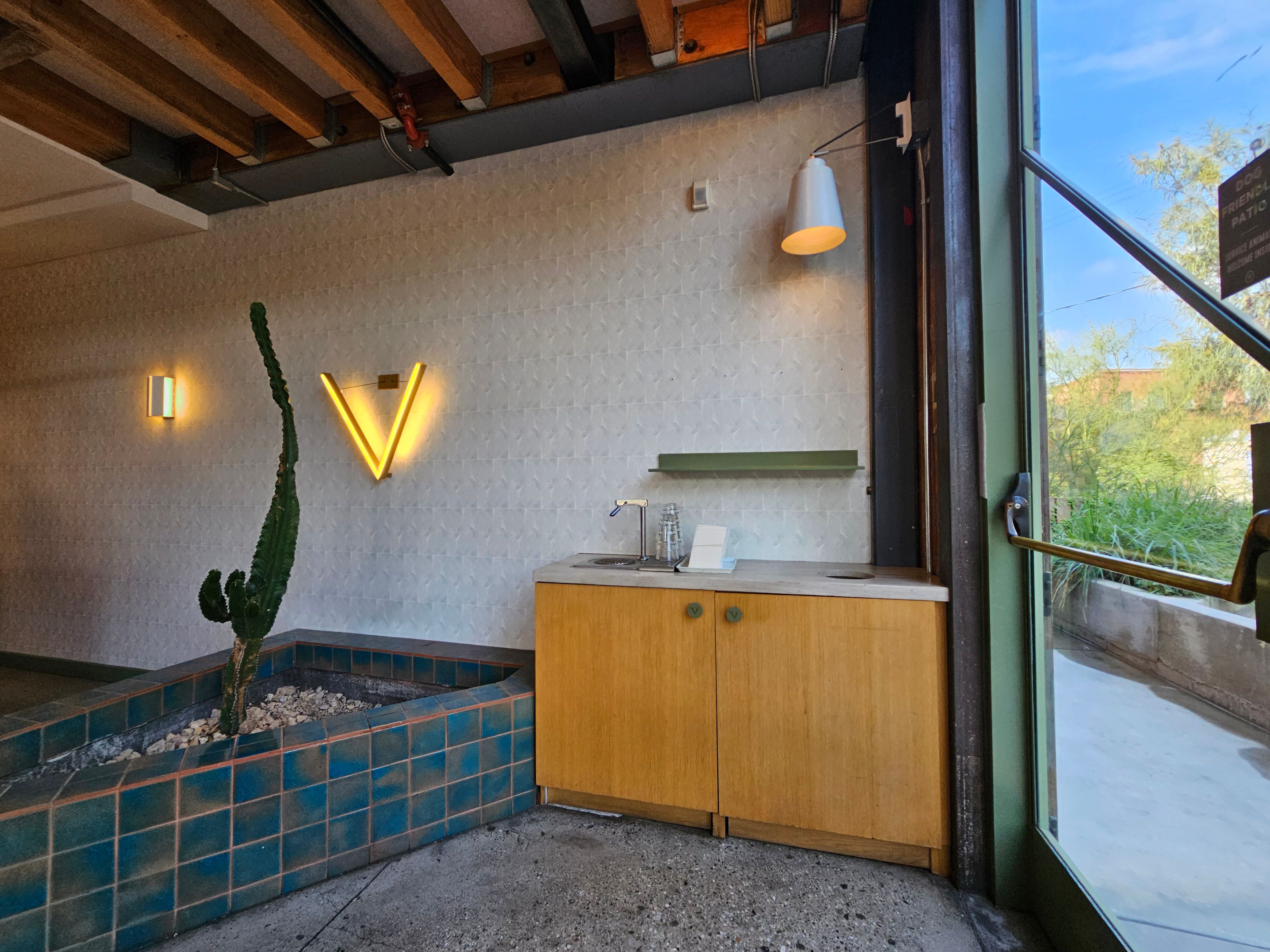
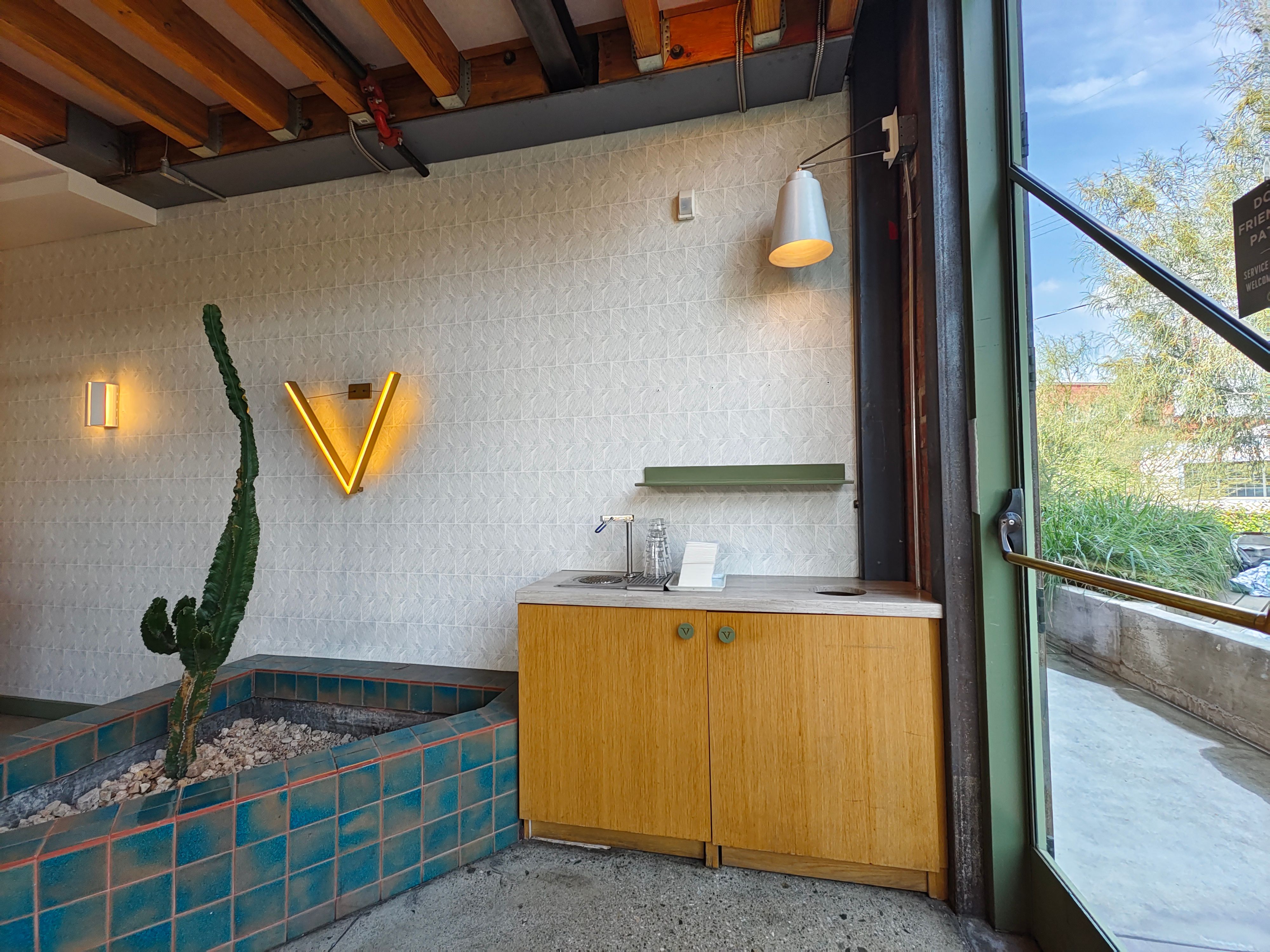
If you want to pixel peep, Vivo’s ultrawide shots are once again slightly less noisy, particularly in the corners, but it doesn’t make sense to shoot ultrawide just to then zoom in and pixel peep, so in this instance, I don’t think the slightly more detailed shot matters. I’m calling this section a tie.
Selfies: It’s good to see Asian phone brands tone down the automatic beautifying filters
For selfies, I find the S23 Ultra’s 12MP shooter to produce a more pleasing background blur (this is without jumping into portrait mode) and exposure of bright light sources. However, Vivo’s shooter is better in low-light conditions since it can better maintain more details of my face. In other good news, both brands have toned down their previously strong automatic beautifying modes, as my skin tone and texture is much more accurate than Samsung or Vivo phones produced even a couple years ago.
Video: S23 Ultra is just a bit more polished
Both phones can shoot well-stabilized videos up to 4K/60 FPS and even 8K resolution (with significantly inferior stabilization). I shot in 4K/30 FPS as that’s the most commonly used video format, and I find the S23 Ultra’s video performance to be slightly better. Audio is a bit more natural, as Vivo applies a background noise cancelation algorithm automatically (I’d rather have the option to do this myself in post-editing). The S23 Ultra has slightly better exposure. Samsung’s phone can also immediately switch between zoom lenses mid-filming, while Vivo has to do a slow zoom-in that takes a least a couple of seconds to get to 5X or beyond.
Samsung Galaxy S23 Ultra vs Vivo X90 Pro+: Which camera system is better?
Both of these phones have excellent camera systems, but Vivo’s X90 Pro+ is the better camera system if you’re picky about photos. Vivo’s main camera shots are consistently less noisy and sharper if you pixel peep, and at night, it also doesn’t resort to night mode nearly as often. There’s also a shallower depth-of-field for a more professional-looking image. The thing is, Vivo winning the main camera battle doesn’t surprise me at all. I was shocked, however, that the X90 Pro+ also outperformed the S23 Ultra in zoom photos.
However, Samsung’s flagship is better at portraits and video performance. The ultra-wide comparison is a tie. So for some users, it could be argued the S23 Ultra’s cameras are more useful, but I think most people would agree Vivo winning the main and zoom lenses weighs more than Samsung winning video. I must stress that some of these wins are close, so it’s not like the S23 Ultra’s main camera is bad. It’s still a very awesome camera; it just doesn’t reach the heights of the Vivo X90 Pro+’s main camera.
But it doesn’t matter, as most of you reading this can only buy the Galaxy S23 Ultra.
-

Samsung Galaxy S23 Ultra
The Galaxy S23 Ultra is one of the best phones on the market, packing an all-new 200MP sensor, a refined design, a custom Snapdragon 8 Gen 2 for Galaxy chipset, and One UI 5.1.
-

Vivo X90 Pro Plus Vivo X90 Pro Plus
The Vivo X90 Pro Plus packs arguably the most powerful camera hardware on the market right now with a 1-inch type main camera sensor, and two zoom lenses along with an ultra-wide, all covered by Zeiss optics.
[ad_2]

